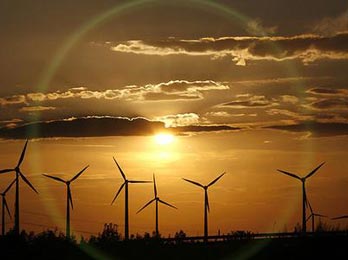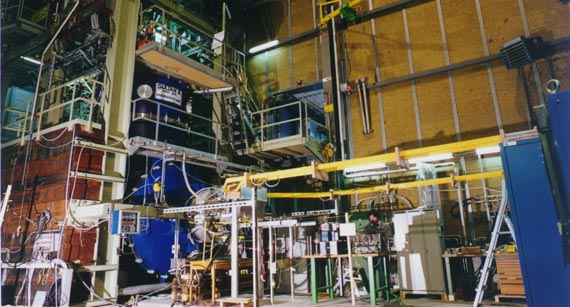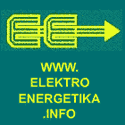3,216 views
In a superconducting transformer the windings, made of a high temperature superconducting material (HTS), are cooled with liquid nitrogen at about 77K so that the resistance is almost negligible. Load losses, even after adding losses from nitrogen processing, can be reduced by 50%.
The use of HTS transformers on a larger scale is economically justified and will become more attractive as cooling systems improve and the cost of liquid nitrogen production falls. Another important factor is progress in the processing of long lengths of HTS conductors.
These transformers have smaller weight and volume and are more resistant to overload but cost about 150% to 200% of the price of conventional transformers. So, in applications where weight is crucial (railway vehicles), transformers are much more “squeezed” (by forced cooling) to cut the weight. So efficiencies are much lower, and saving weight saves energy twice.
In our opinion, HTS transformers are suitable only in applications where the load losses make up a high proportion of the total losses, but are not yet ready for general use.
.
Related articles
8,036 views

Connecting wind turbines to the power grid
Precautions to be taken when connecting wind turbines to the power grid: The procedure for connecting wind turbines to an electric distribution network normally consists of 2 steps:
1. First, the HV/LV transformer is energized from the high voltage side,
2. Then, in the right wind conditions and further to wind turbine adjustment tests (initial pole test, pole test sequence, etc.), the turbine is connected to the power grid as follows:
- The rotation of the wind turbine’s blades triggers the aerogenerator (motorgenerator set), which acts as a generator,
- The transformer’s LV winding is energized by the wind turbine’s stator (connected by a star or delta connection) and hence provides electrical energy to the HV network.
However, during this 2-step process, the HV/LV transformer must not, in any event whatsoever, be supplied with high and low voltage currents at the same time. In such an event, there would be a risk of energizing the LV voltage side in opposite phase to the HV side.
The result would be an extremely strong current, the intensity of which would be greater than the brief, 3-phase short-circuit current stipulated in the contract (usually 2 seconds).

General diagram of a wind turbine installation
As the electrodynamic stress on the windings is proportional to the square of the current intensity (F = K.I2), the transformer can not, in general, withstand the extremely intense stress caused by a current greater than the contractual short-circuit current. This type of stress would automatically lead to significant, unacceptable and irreversible mechanical deformation of the LV and HV windings, and the LV connections: hence it would, in due course, totally destroy the transformer.
On-site transformer failures have occurred, as a result of energizing the LV and HV sides at the same time and failing to comply with the phase sequence of the LV network.
The LV winding was subjected to a current much stronger than the contractual 3-phase short-circuit current and, as a result, the transformer was completely destroyed by huge electrodynamic stress.
.
Measures to apply in all circumstances…

Power HV/LV Transformer
Therefore, when connecting a wind turbine transformer to a power grid, it is absolutely essential not to energize the LV and HV sides of the transformer at the same time, which may cause the LV winding to be in opposite phase.
Hence, it is extremely important not to interfere with the various tripping sequences, and to comply with the adjustment specifications for the transformer in question.
If the transformer is energized from both sides and, in addition, the phase sequence of the LV network is not respected, the result will be total transformer failure.
.
SOURCE: France Transfo
.






